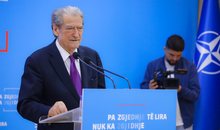
 Flash News
Flash News
Checks in Durrës prison, 10 cell phones seized, used by convicts
New Parliament/ 82 MPs who will be absent from September
"We reject both extremes", the US embassy in Tirana shares the speech of the Deputy Secretary of State
Sentenced to 1 year in prison, Ervin Salianji requests parole
Details from the explosion at the Fushe Kruja prison, the explosive material was thrown near the generator

While Albania officially has 42% of the population at risk of poverty, spending on economic assistance in relation to GDP has been declining in recent years.
Official data from the Ministry of Finance show that budgetary expenditures for economic aid in Albania in relation to GDP have a tendency to shrink.
In 2024, funds for economic assistance expenditures reached only 1.1% of GDP, significantly less than 1.6% in 2014. The continued decline in budget expenditures relative to GDP for the needy comes at a time when living costs, such as food prices, rent, transportation, etc., have increased significantly, hitting the needy hardest.
In the early 1990s, economic support accounted for a relatively high share of GDP, peaking in 1995 at 1.7% of GDP. This was a period when Albania was experiencing profound economic shocks following the fall of the communist system. In this context, the role of economic assistance as an instrument of social stability was vital.
Data show that after 2014, a phase of continuous decline in economic aid in relation to GDP begins. But on the other hand, Albania is the country with the highest level of relative poverty in the Region and Europe, according to data from the World Bank and Eurostat.
While the country has experienced economic growth, the progressive decline in the percentage of economic assistance in relation to GDP raises concerns about the role of social protection in public policies, which have also been highlighted by international financial institutions such as the World Bank and the International Monetary Fund.
Albania has the lowest levels of economic assistance in the Region. Most Western Balkan countries increased social spending during and after the COVID-19 pandemic, including direct transfers, subsidies for energy bills, or food and heating assistance schemes.
Albania provides economic assistance to around 62,000 families, but the amount of assistance is well below the subsistence minimum (6.85 USD per day) per person.
But if the Albanian government aims to meet EU integration objectives, increasing spending on economic aid is one of the main criteria in the set of economic reforms to make economic growth inclusive./ Monitor
Latest news

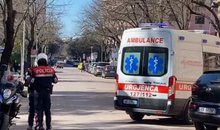
Tirana/ 33-year-old man jumps from the third floor of the building
2025-05-29 15:08:38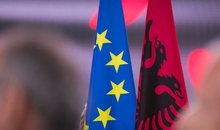


Rama appeared alongside Brok, Berisha: Elmar's congratulations to him are ironic
2025-05-29 14:47:06
UN: Russia's drone attacks in Kherson, Ukraine, constitute war crimes
2025-05-29 14:37:56
Lek deposits decreasing for the second consecutive month
2025-05-29 14:34:19

Three people involved in drug trafficking are extradited to Italy
2025-05-29 14:08:06
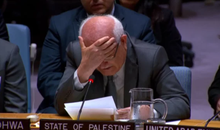

What do we see when we die? The activity of the dying brain provides some clues.
2025-05-29 13:43:08
DP gathers political leaders at blue headquarters
2025-05-29 13:28:52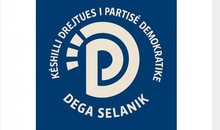
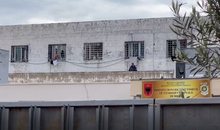
Checks in Durrës prison, 10 cell phones seized, used by convicts
2025-05-29 13:12:14
Banks worried about property prices
2025-05-29 12:58:06
Marriage on paper, Albanian and American woman accused by the US of fraud
2025-05-29 12:47:14
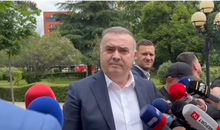
Socialist MP: I would gladly go to jail if a vote was bought
2025-05-29 12:30:58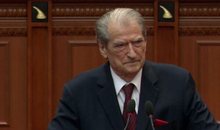

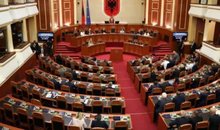
DP demands 60 minutes of debate in plenary session: Change the agenda
2025-05-29 12:07:53
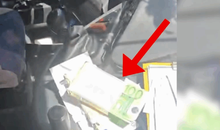

Property dispute on Elbasani Street, 4 arrested, two co-owners raped
2025-05-29 11:40:42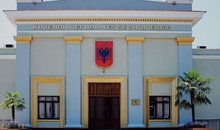
New Parliament/ 82 MPs who will be absent from September
2025-05-29 11:26:35

DP demands repeat elections in Tirana district
2025-05-29 11:09:48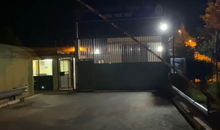
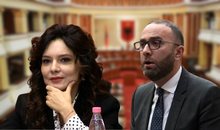


Investigations for Meta, lawyer: SPAK with political agenda
2025-05-29 10:30:41
Sentenced to 1 year in prison, Ervin Salianji requests parole
2025-05-29 10:24:35
SPAK strikes long-standing cigarette smuggling network with Customs' blessing
2025-05-29 10:08:47
Elon Musk leaves the Trump administration
2025-05-29 09:54:09
Accident in Kurbin/ Pedestrian dies after being hit by vehicle
2025-05-29 09:46:26

World Bank Report: 20% of Albanian population in poverty by 2025
2025-05-29 09:31:38
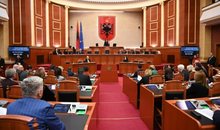
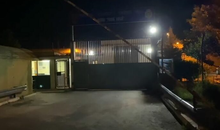

11 things people with high IQs do that they pretend to like, but actually hate
2025-05-29 08:47:46
TNT explosion inside the Fushe Kruja prison compound
2025-05-29 08:47:39
Horoscope, what do the stars have in store for you today?
2025-05-29 08:27:39
Fire in the bus park in Lushnja, four of them burned down
2025-05-29 08:12:48
Weather forecast, how temperatures will change during the day
2025-05-29 08:02:11
Morning Post/ In 2 lines: What mattered yesterday in Albania
2025-05-29 07:48:20
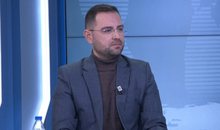
DP official: International reaction to the elections expected within two days
2025-05-28 22:43:54

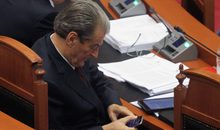
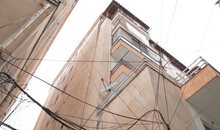



Marco Rubio warns of massive visa freezes for foreign officials
2025-05-28 21:12:04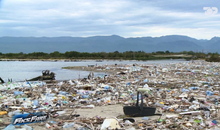

DP demands the repetition of the elections in the region of Fier
2025-05-28 20:52:44

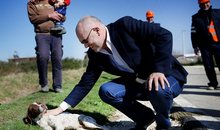
Government, 5 million euros to build a luxury dog hotel
2025-05-28 20:01:58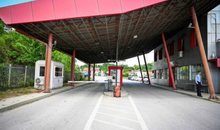

Trump: Will know in two weeks whether to end Ukraine war after Putin call
2025-05-28 19:40:52
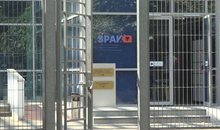
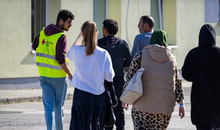

Topalli publishes photo: SP militant in postman's uniform affected diaspora vote
2025-05-28 18:32:12
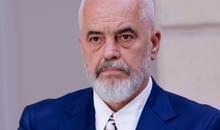
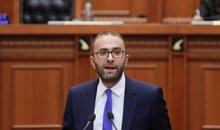
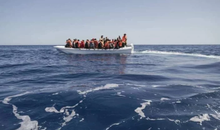
Tragedy in the Canary Islands / Boat with migrants capsizes, six dead
2025-05-28 17:26:42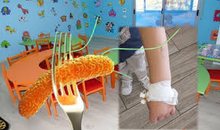
17 children with salmonella in Gramsh, AKU publishes the results of the tests
2025-05-28 17:12:23
Missing for two days, 44-year-old Albanian found in Italy, what is suspected
2025-05-28 17:03:52
Italy transfers 26 more people to detention centers in Albania
2025-05-28 16:45:06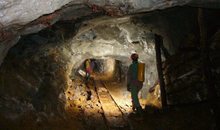
A miner in Bulqiza was injured, hit by a massive rock in the chrome gallery
2025-05-28 16:38:55

Netanyahu: Hamas leader in Gaza, Mohammad Sinwar, has been eliminated
2025-05-28 16:18:59
KPA reinstates Tirana judge Altin Abdiu
2025-05-28 16:14:17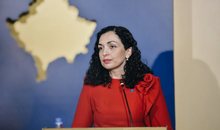

Former Lazio goalkeeper: Tare lives with the team, will also shine at Milan
2025-05-28 15:29:13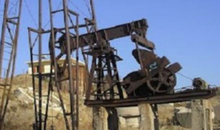

If you don't pay taxes, the tax authorities will seize your cars.
2025-05-28 15:09:26
Do you wake up early? Health and happiness smile at you from the morning!
2025-05-28 15:00:02

Vodhën automjetin në Tepelenë dhe e shitën në Gjirokastër, në pranga 3 të rinj
2025-05-28 14:51:00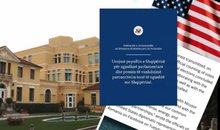
Comparison/ How to understand the American message about the elections
2025-05-28 14:37:21

Rama has no one to write to.
2025-05-28 14:19:47
Famous Democrat Denounces Patronage: Here's Whose Hand Was the Diaspora's Vote
2025-05-28 14:08:51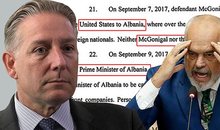

Experts warn: This summer's heat is expected to break records
2025-05-28 13:47:33
Body language expert breaks down wife's push towards Macron
2025-05-28 13:30:29
Lamine Yamal signs with Barcelona until 2031
2025-05-28 13:22:26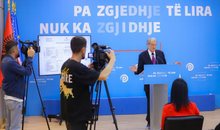

US temporarily suspends visa interviews for foreign students
2025-05-28 12:59:52
US Embassy message on elections, Berisha: The annihilation of Edi Rama
2025-05-28 12:49:39
The Knife in the U.S. Embassy’s Congratulations
2025-05-28 12:43:29
